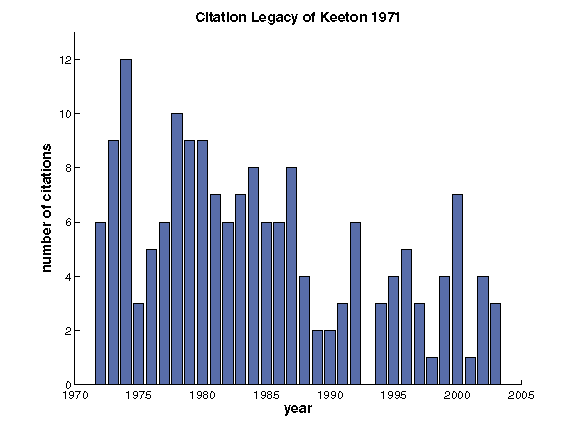

Before Keetonís report in 1971, pigeonsí use of magnetic information for navigation was a 100+ year-old hypothesis with scant empirical support. To study this concept, Keeton glued small magnets or brass bars (not magnetic) to the back of pigeonsí necks. Then the pigeons were taken to release sites and tossed into the air in various directions. Experimenters recorded the compass bearing at which the pigeons vanished. When pigeons were released under clear skies from familiar or unfamiliar release sites, magnets did not disrupt their homeward orientation. However, when the experiment was repeated under cloudy skies, pigeons with the magnets vanished randomly (i.e. inconsistently toward home). Those experiments showed that pigeons use magnetic and solar (sun) cues to navigate. Keetonís 1971 paper has been criticized, because later studies failed to replicate the findings. Keeton himself could not repeat the experiment and find the same results nor could Moore (1988). Further analysis of Keetonís data revealed that his control pigeons (with brass bars instead of magnets glued to their necks) did not consistently orient homeward. Therefore, Keeton did not have a consistent baseline homeward orienting behavior to which he could compare the effects of disrupting the magnetic field. Despite the controversy surrounding Keetonís 1971 findings, we can see from the bar graph above that his paper is frequently cited and is accredited as among the first studies to examine how disruption of the magnetic field changes homing behavior in pigeons.
